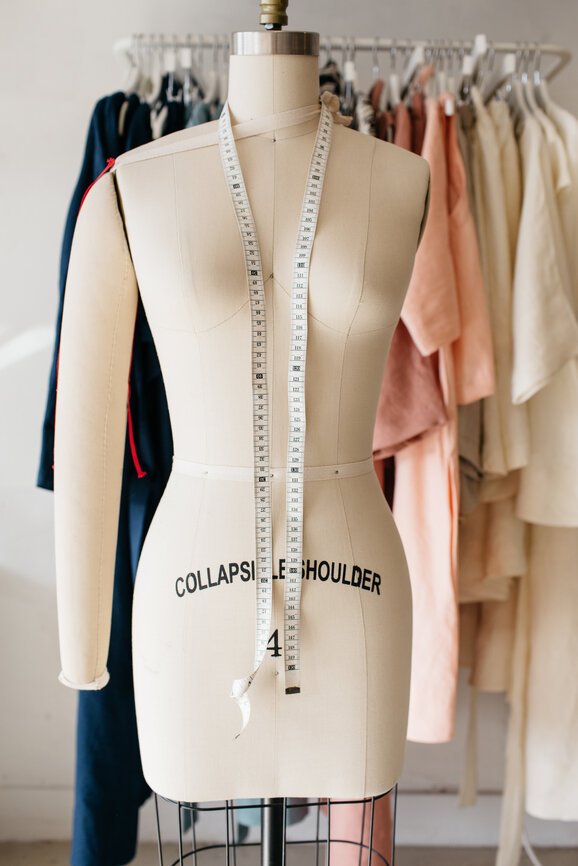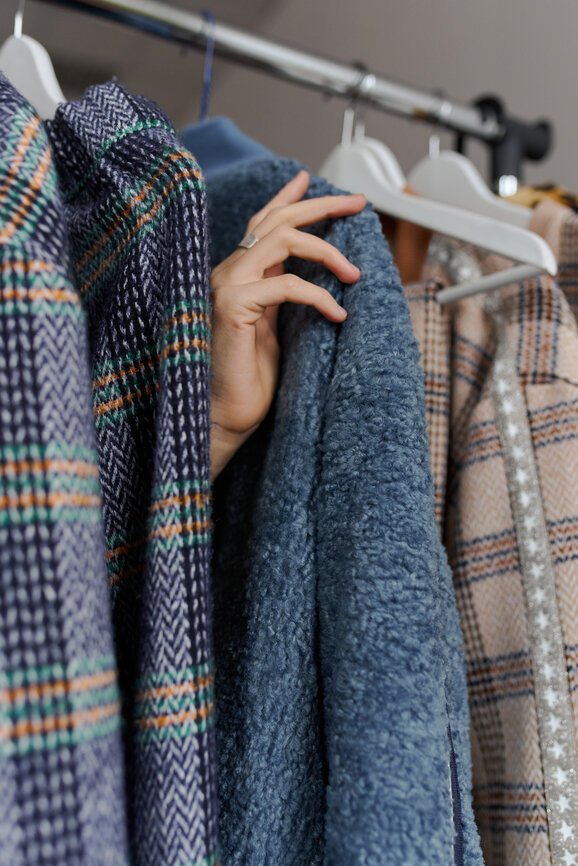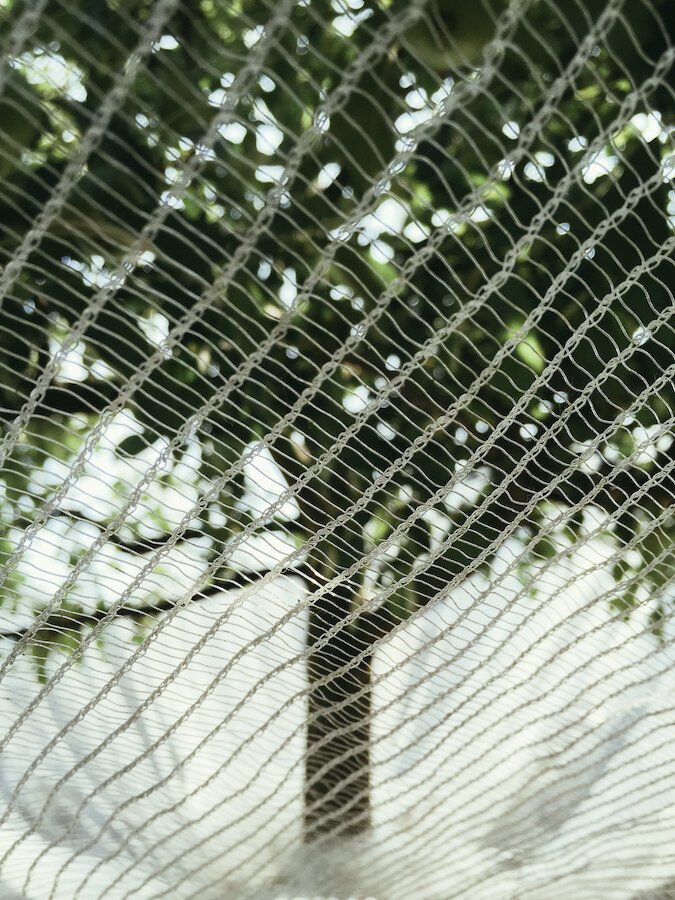
Is Fleece Sustainable?
Looking to cozy up on a cold night?
Fleece may be one fabric of interest for you. It’s vegan and it offers the same warmth as wool, without the heft or musty smell. It’s also relatively low maintenance and much more affordable, making it a favorite for outdoor lovers and homebodies alike.
But while fleece may seem like a winner, there are concerns about its health and environmental impacts. The synthetic fabric has a few questionable qualities that have us wondering: How sustainable is fleece?
What Is Fleece?
The first synthetic fleece was invented in 1981 by Polartec, a Massachusetts textile factory formerly known as Malden Mills. Working in collaboration with Patagonia’s founder Yvon Chouinard, the idea was to create a fabric warm enough to resemble sheep’s wool yet light enough to support an active lifestyle.
“The idea was to create a fabric warm enough to resemble sheep’s wool yet light enough to support an active lifestyle.”
Fleece’s moisture-wicking abilities and lightweight feel make it perfect for outdoor enthusiasts. You’re likely most familiar with polar fleece—beloved for its durability, soft feel, and low-maintenance care. It’s breathable but also designed for warmth.
There are several fleece variations on the market, too: berber fleece, sherpa fleece, french terry fleece, coral, sponge, and micro. And the options continue as textile makers have started to blend in fibers such as rayon, cotton, or hemp to give the end fabric extra texture. Today, various forms of fleece are used for everything from jackets to the infamous Snuggie.
Plastic In Sheep’s Clothing
For fleece’s many known advantages, the synthetic fabric also leaves a hefty human and environmental impact.
Fleece is made with non-renewable resources and most often derived from PET (polyethylene terephthalate)—aka polyester. This synthetic fiber comes from petroleum derivatives, the same used to produce plastic bottles, which are melted into a thick liquid. Once the material has hardened, it can be woven into thin filament threads, and eventually, a tightly knit fabric. The dense material is then brushed out, creating the iconic bulky (or pile) texture.
“Fleece is made with non-renewable resources and comes from petroleum derivatives, the same used to produce plastic bottles.”
Air and water pollution abound from petroleum-based materials, and this production method requires large amounts of energy. Moreover, potentially harmful chemicals are often used to create polyester fibers, and the environmental consequences also raise concern.
To make fleece water- and wind-proof, it’s coated with fluorochemicals, specifically perfluorooctane sulfonate (PFOS) and perfluorooctanoic acid (PFOA). Both are also per- and poly-fluoroalkyl substances (PFAS) and “forever chemicals”, which never truly break down in the environment.
Though eight major global fluorochemical companies have since voluntarily phased out PFOA, and the EU banned PFAS in 2020, the transition to PFA-free fabrics, specifically by outdoor brands, isn’t so easy. And, as Fashion United explains, “There is no industry-side certification or label yet.”
The Future of Fleece
All of this information may come as a surprise since certified B Corp Patagonia helped engineer fleece in the first place. “Sometimes in life, when you seek to solve problems, you inadvertently create new ones,” wrote Patagonia’s Managing Editor, Rachel G. Horn. That’s one of the reasons why, a little over a decade after fleece was invented, Patagonia made a pivot.
In 1993, the Ventura-based retailer changed to using 100 percent recycled fleece to combat the damage that the synthetic fibers so easily created; they’ve also promised 85 percent of their garments will be PFA-free by the end of 2022.
“But just as synthetic garments pose a significant threat to the environment every time they’re washed at home, so does recycled fleece.”
But just as synthetic garments pose a significant threat to the environment every time they’re washed at home, so does recycled fleece. Microfibers, or microplastics, are released at alarming rates during the washing process, ending up in our waterways and already plastic-ridden oceans—even if the material is made from recycled bottles. In recent years, microfibers have rained down on mountain tops and have been found in our food.
Does this mean we should avoid fleece altogether? The answer is complex. Animal lovers and advocates love fleece for its inherently vegan and cruelty-free qualities over wool, but the environmental impact remains the same. And if the environment is being impacted, so too are people and animals.
If you love fleece, consider shopping secondhand and washing items only as needed. You could also try a Cora Ball and GuppyFriend® Washing Bag to catch microfibers when laundering. The Cora Ball specifically has been shown to prevent up to 31 percent of microfibers from flowing down the drain.
“If you love fleece, consider shopping secondhand and washing items only as needed.”
Sustainable brands are working to do better—but we can always urge them to do more by educating ourselves and holding them to higher standards. If you have a fleece piece you love, consider reaching out to the brand to learn more about how they’re combatting the waste and chemical problems.
In the meantime, shopping pre-loved or sustainable fleece is a great way to keep warm without the added waste.
Audrey Stanton was born and raised in the Bay Area and is currently based in Los Angeles. She works as a freelance writer and content creator with a focus in sustainable fashion. Audrey is deeply passionate about conscious living and hopes to continue to spread awareness of ethical consumption.
RELATED READING



